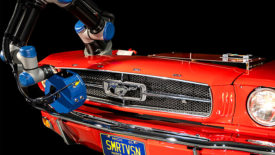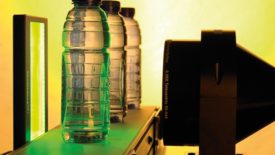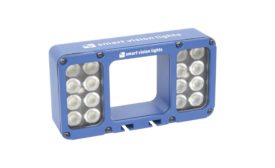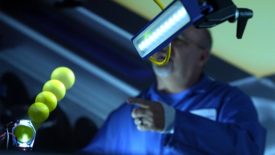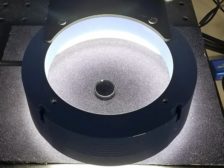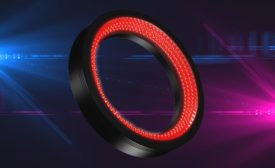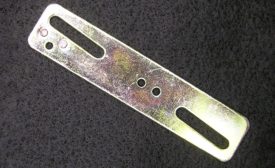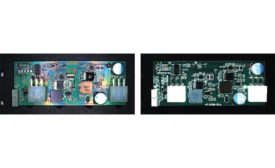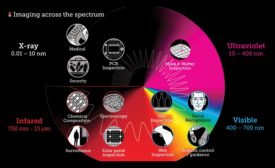Home » lighting
Articles Tagged with ''lighting''
Vision & Sensors | Lighting
Computational imaging can simplify certain problems that are difficult to solve with standard visual imaging.
Read More
Vision & Sensors | Machine Vision 101
Machine Vision Lighting and Why It’s Important
When considering illumination, the object or field to be imaged is really what matters.
December 21, 2022
Vision & Sensors | Lighting
Three Challenges In Machine Vision Lighting Today And How To Solve Them
With increased speeds, dynamic production lines, and advanced inspection processes, smart automated lightng is driving machine vision solutions.
May 1, 2022
Test & Inspection
Shining A Light On Color Quality Control
Monitoring color during the entire production process can help manufacturers identify color drifts before they become a problem.
March 8, 2022
Vision & Sensors | Lighting
Simplify Deep Learning Systems with Optimized Machine Vision Lighting
Smart Lighting Improves Image Input Data for Effective Convolutional Neural Networks
July 8, 2021
VISION & SENSORS - MACHINE VISION 101
Engineered Lighting: Part 2 of 3
Learn how to choose a light source to take advantage of the characteristics that create contrast.
March 9, 2021
Lighting Basics for Machine Vision
With these steps you are well on your way to finding the right light to highlight the features needed for a great image.
November 30, 2020
Cameras that See Beyond Visible Light: Inspecting the Seen and Unseen
Read on for a high-level overview of imaging technologies from across the electromagnetic spectrum.
September 1, 2020
Stay in the know with Quality’s comprehensive coverage of
the manufacturing and metrology industries.
eNewsletter | Website | eMagazine
JOIN TODAY!Copyright ©2024. All Rights Reserved BNP Media.
Design, CMS, Hosting & Web Development :: ePublishing
